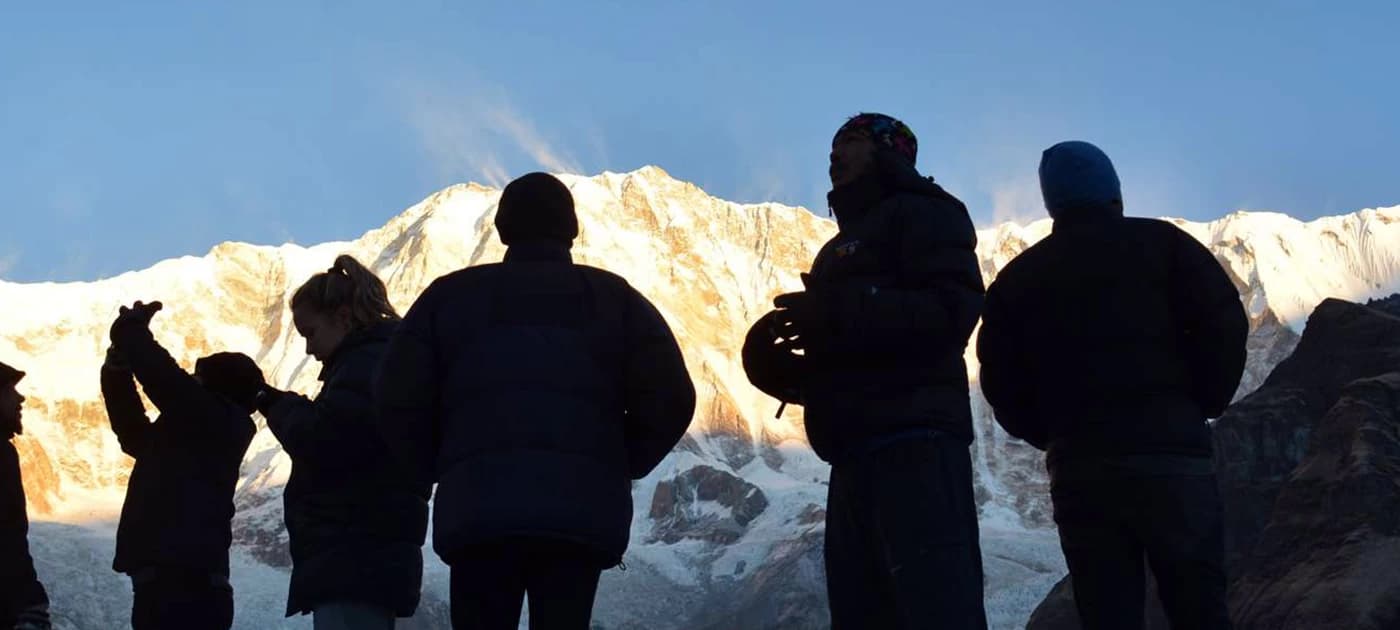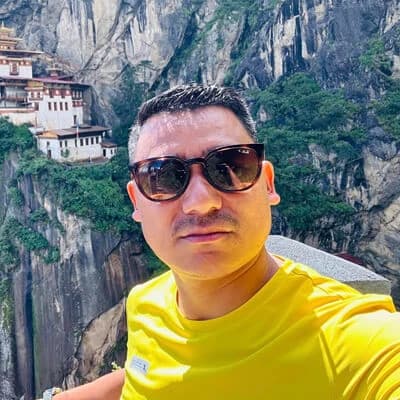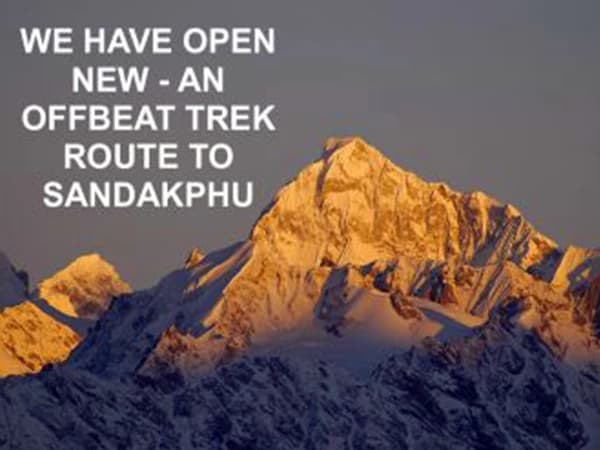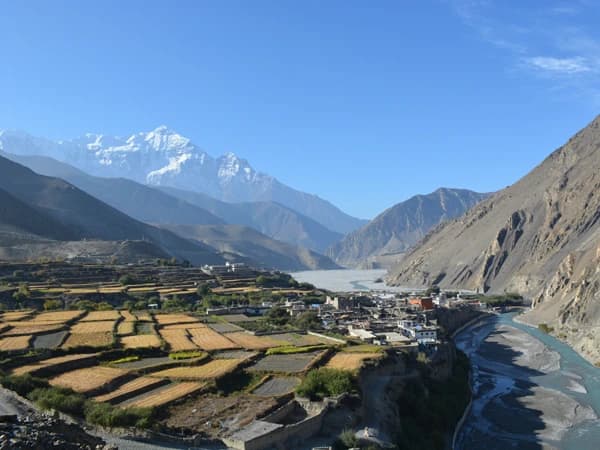Use this as a guide to staying hydrated in the Himalayas. In high altitude regions, you need to drink a lot more water than you normally would in lower elevation. The International Society for Mountain Medicine defines high altitude as anywhere between 5,000 and 11,500 feet. Very high altitude ranges from 11,500-18,000 feet and anywhere above that is extreme altitude. The higher you go, the more important it is to stay hydrated.
A Guide to Staying Hydrated in the Himalayas
Why do I have to drink more water at high elevation?
There are several reasons why the body requires more water at higher elevation. First, the process of respiration requires more energy and water. Because the oxygen level is lower, you have to breathe faster and deeper to get enough oxygen. According to the Wilderness Medical Society, you lose water twice as fast through respiration in high altitude as you do at sea level. Also, at higher altitude, the air is drier. For this reason, sweat evaporates faster and it is more difficult to tell how much water your body is losing while trekking. Lastly, high altitude can make you pee more often – a quick way to lose water.
How much water should I drink while trekking?
Experts recommend drinking 6-7 liters of water per day while trekking. While on the trail, you should drink a half liter to one liter every hour. This depends heavily on your age, weight, altitude, etc., but if you are in high altitude you should be drinking at least this amount. Keep in mind that overhydration can also cause significant problems. A solid way to know if you are well-hydrated is by checking the color of your urine. If it is darker/more yellow than it is clear, you are likely dehydrated and you should drink more water.
Dehydration and Altitude Sickness
Of all the physical ailments people face on the trail, about 90% of them are caused by dehydration. Also, dehydration can mask or exacerbate symptoms of altitude sickness, which can be life-threatening if not recognized soon enough. Water is never in shortage in the Himalayas, so dehydration is an easily avoidable issue if you simply remind yourself to drink water. Note that there is no cure for altitude sickness, other than descending as quickly as possible.
5 Tips for Staying Hydrated
- Keep your water bottle handy
- Drink more as you rise in elevation
- Start hydrating before you start trekking
- Plan water stops on the route
- Wear sun protection
5 Ways to Drink Water in the Himalayas
1. Boiling Water
Boiling water is the most effective and typically the most common water treating method in the Himalayas. This way, the presence of both viral and bacterial pathogens is eliminated. Most guesthouses have a boiled water vessel that you can take from. If you are boiling the water yourself, remember that at altitudes over 2000 meters, a rolling boil has to be held for at least 3 minutes for all pathogens to die (as opposed to 1 minute in lower altitude).
2. Water Filling Station
Water filling stations are becoming increasingly common on Himalayan trails. At various points, you can fill your bottles here for anywhere between 25-100 rupees depending on the place. This water has been boiled or purified and is safe to drink.
3. Disinfecting
Another common way to kill harmful micro-organisms in your water is by using a disinfectant. The two most common ones are chlorine (i.e. Aquamira) or iodine. These are both cost-effective and very safe ways to treat your water. If you want to be extra sure, you can pair one of these methods with a filtration system, though it’s not necessary. One down side of disinfecting is that it taints the natural taste of the water.
4. UV Purifier
Ultra violet filters are becoming more popular, due to how easy and quick they work. Some people recommend using these with another method just to be safe. They are also more prone to breaking/having technical issues, so it best to bring a disinfectant or another filter in case.
5. Filter
Classic filters like the hand pump and carbon filter are reliable and effecting, though some people suggest also pairing this with another method as well.






